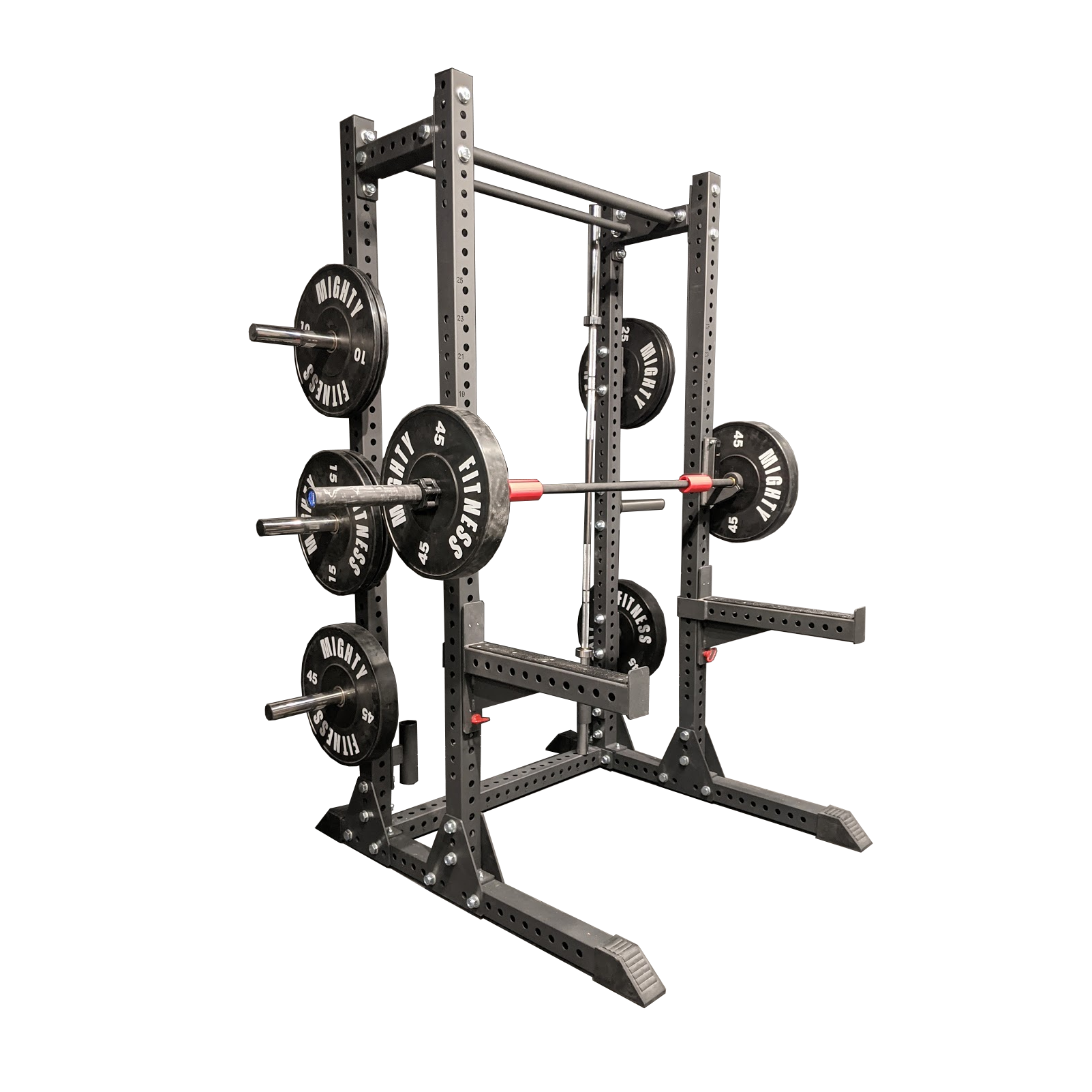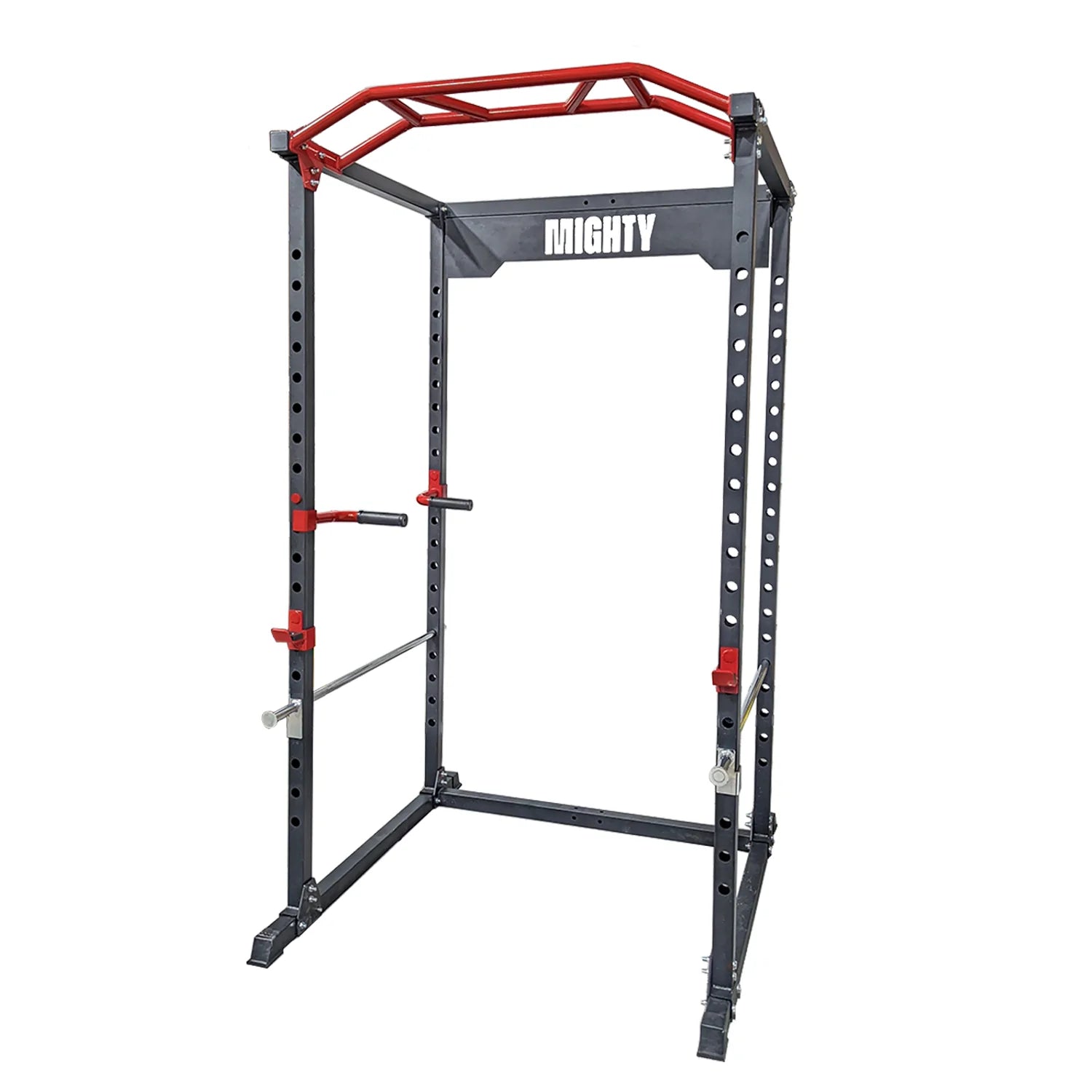Home Gym & Losing Weight
In today's fast-paced world, finding time to hit the gym can be challenging. However, the desire to lose weight and improve overall health remains a top priority for many individuals. One solution to this dilemma is setting up a home gym. A home gym offers convenience, flexibility, and the opportunity to tailor your workouts to your preferences. In this article, we will explore the benefits of a home gym and how it can help you achieve your weight loss goals.
Advantages of a Home Gym
Convenience:
Perhaps the most significant advantage of a home gym is the convenience it offers. You no longer need to commute to a gym or adhere to its operating hours. Your home gym is open 24/7, allowing you to exercise whenever it suits your schedule.
Cost-Effective:
While setting up a home gym may require an initial investment, it can be cost-effective in the long run. You eliminate the need for a gym membership, which can add up over time. Additionally, you have the flexibility to choose your equipment, and you won't be subjected to additional fees or contract commitments.
Personalization:
A home gym allows you to customize your fitness space to meet your specific needs and preferences. You can select equipment that aligns with your fitness goals and enjoy a private and comfortable environment where you can focus entirely on your workouts.
Hygiene and Privacy:
Some individuals prefer working out in the comfort of their own space due to hygiene and privacy concerns. In a home gym, you have control over cleanliness, and you don't have to share equipment with others, reducing the risk of infections or discomfort.
Choosing the Right Equipment
To create an effective home gym for weight loss, you don't need an extensive array of equipment. Here are some essential items to consider:
Cardio Equipment:
Cardiovascular exercise is vital for burning calories and shedding excess weight. Popular cardio equipment options for home gyms include treadmills, stationary bikes, elliptical trainers, and rowing machines. Choose the one that suits your fitness level and preferences.
Strength Training Equipment:
Strength training is essential for building lean muscle mass, which can boost your metabolism and aid in weight loss. Dumbbells, resistance bands, kettlebells, and a bench are excellent choices for strength training at home.
Mat and Accessories:
A yoga mat, stability ball, and resistance bands can enhance your workout routine and provide variety in your exercises.
Technology:
Consider investing in fitness trackers, smart scales, and workout apps that can help you track your progress, set goals, and stay motivated.
Creating a Home Workout Plan
Once you've set up your home gym, it's time to create a workout plan tailored to your weight loss goals. Here's a step-by-step guide to help you get started:
Set Clear Goals:
Define your weight loss goals, such as the amount of weight you want to lose and the timeframe in which you want to achieve it. Make your goals specific, measurable, and realistic.
Consult a Professional:
If you're new to exercise or have specific health concerns, it's advisable to consult a fitness professional or your healthcare provider. They can help you create a safe and effective workout plan.
Cardiovascular Exercise:
Incorporate cardio workouts into your routine. Aim for at least 150 minutes of moderate-intensity or 75 minutes of vigorous-intensity aerobic activity per week, as recommended by health authorities.
Strength Training:
Include strength training exercises 2-3 times a week. Focus on different muscle groups to ensure a balanced workout routine. Gradually increase the weight or resistance as you progress.
Flexibility and Recovery:
Don't forget to incorporate flexibility exercises, such as stretching or yoga, to improve your range of motion and reduce the risk of injury. Allow your body adequate time to rest and recover between workouts.
Nutrition:
Remember that exercise alone is not enough to achieve weight loss. A balanced diet that includes a calorie deficit is crucial. Consult a registered dietitian for personalized nutrition guidance.
Tracking Progress:
Use fitness trackers or journal your workouts to monitor your progress. Keep track of your weight, measurements, and how you feel both physically and mentally.
Stay Consistent:
Consistency is key to achieving weight loss goals. Stick to your workout plan, even on days when motivation is low. A home gym makes it easier to maintain consistency.
Challenges and Tips for Success
Setting up a home gym is a great step toward achieving your weight loss goals, but it's not without its challenges. Here are some common challenges and tips to overcome them:
Motivation:
Staying motivated can be a challenge when working out alone at home. To combat this, set specific workout times, find a workout buddy, or use motivational tools like workout playlists.
Distractions:
Home environments can be filled with distractions, from household chores to TV. Designate a dedicated workout space free from distractions, and establish a routine that minimizes interruptions.
Boredom:
To prevent boredom, vary your workouts by trying different exercises, classes, or workout routines available online. This can keep your fitness routine fresh and exciting.
Accountability:
Lack of accountability can be a hurdle. Share your fitness goals with a friend or family member who can help hold you accountable or consider hiring a virtual fitness coach.
Conclusion
Setting up a home gym can be a highly effective way to lose weight and improve your overall health. It offers convenience, personalization, and cost savings in the long run. By choosing the right equipment, creating a well-rounded workout plan, and staying committed to your goals, you can achieve success in your weight loss journey from the comfort of your home. Remember that consistency, determination, and a balanced diet are key factors in achieving and maintaining a healthy weight.



